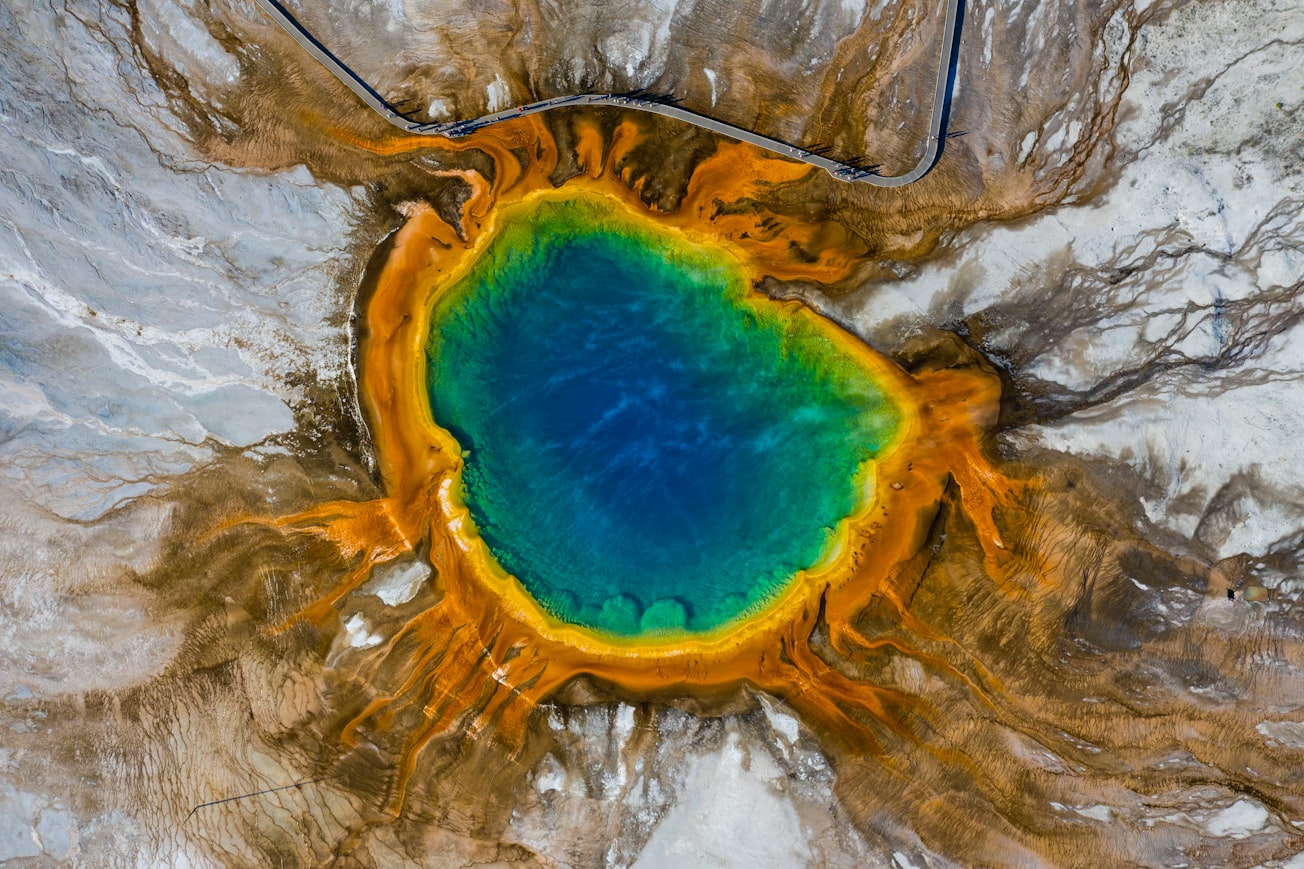What is it about?
Marine ammonia-oxidizing archaea (AOA) are chief ammonia oxidizers in today's world oceans, but our understandings on their ecology and evolution are not well understood. It's widely believed that these marine AOA first evolved from terrestrial hot springs before invading into marine settings. We use a modern statistical technique to leverage a rich, publicly-available data of archaeal membrane lipids (known as GDGTs) from a wide range of settings from hot springs to modern oceans and paleo-marine sediments to infer changes in ecology over the past 190 million years. Our work provides invaluable insights of AOA ecology and evolution beyond traditional molecular clock techniques.
Featured Image

Photo by Dan Meyers on Unsplash
Why is it important?
Archaeal membrane lipids, specifically isoprenoidal glycerol dialkyl glycerol tetraethers (GDGTs), have been widely used by paleoclimate researchers as a sea surface temperature (SST) proxy for more than two decades. However, GDGTs are rarely used to study ecology and evolution of archaea themselves. Our findings show that changes in GDGT distribution over geologic time suggest changes in archaeal ecology, carrying important implications for (1) marine carbon and nitrogen cycling in past oceans and (2) paleo-SST reconstructions.
Perspectives
It has been very exciting to discover clear distinct patterns from publicly available data. This work is a proof that we can always re-discover an exciting story by just looking to the same thing in a different angle. Being able to get my first, first-author paper out in PNAS is one of my best experiences to have. Not only that I've got to work with (and learn from) my incredible co-authors, but the peer-review process has provoked me to think critically about my findings and how to communicate the science. I hope that you, especially organic geochemists, paleoceanographers, and microbial ecologists, find this article thought-provoking.
Mr. Ronnakrit Rattanasriampaipong
Texas A&M University College Station
Read the Original
This page is a summary of: Archaeal lipids trace ecology and evolution of marine ammonia-oxidizing archaea, Proceedings of the National Academy of Sciences, July 2022, Proceedings of the National Academy of Sciences,
DOI: 10.1073/pnas.2123193119.
You can read the full text:
Resources
Contributors
The following have contributed to this page







